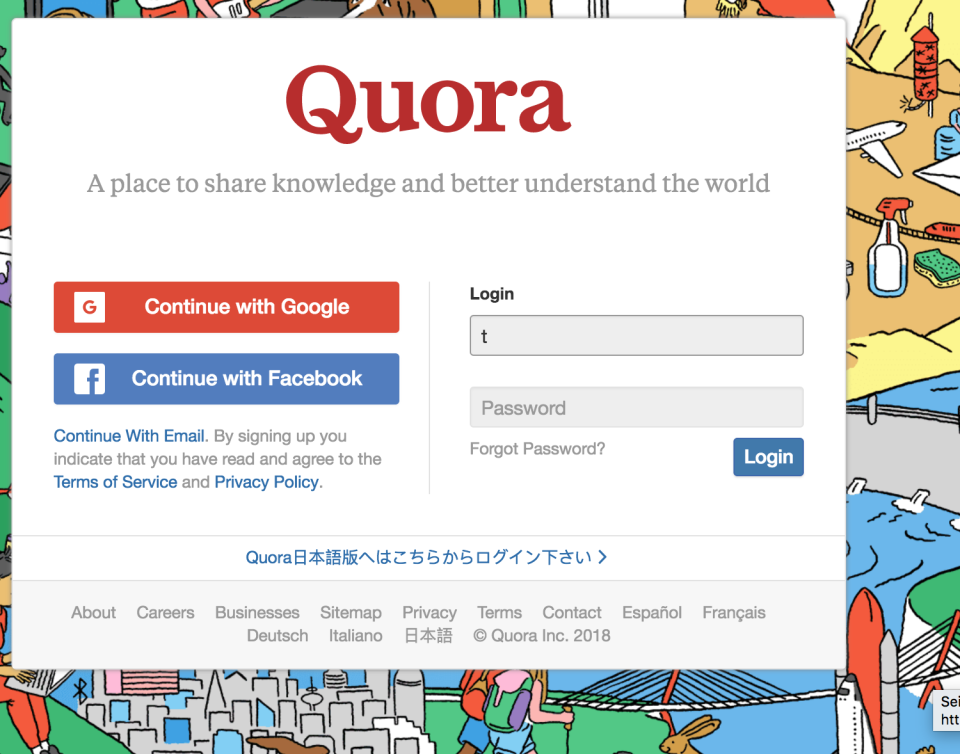Deleting Facebook? Other tech companies make it difficult.
In an interview Wednesday evening, Facebook (FB) CEO Mark Zuckerberg said that he had not seen a “meaningful number of people” delete their accounts with the social media giant in the few days since the bombshell report that Cambridge Analytica exploited the personal data from 50 million Facebook users.
Throughout its existence — which is in its second decade — Facebook took steps to integrate itself deeply in people’s lives in myriad ways, making severing ties with the service difficult.
Much of Facebook’s hold on its users has traditionally involved the network effect. If a person deleted Facebook, they would likely miss out on news from family and friends, miss out on event invites and more. (After years-long dalliances with focusing on news and video over user-generated content, which resulted in people posting less, Facebook brought the focus back to friends and family in January to get people hooked again.).
But aside from the personal angle, tech companies — that are not Facebook — make deleting oneself from the platform incredibly difficult, primarily because of Facebook-enabled logins.
Logging in via Facebook
Recognizing that people may not want to create different user accounts for every service or platform — and likely looking for another way to get data and keep a user hooked — Facebook, Google, and other tech companies began letting apps farm out their account system to the tech giants. You’ve seen the buttons: If you set up an account with Spotify or Pinterest, you might have been prompted to “Continue with Facebook” or “Log in with Facebook.”

For a consumer, the upside was instant access without going through a signup process (with a confirmation email, doubtless) and login credentials were with a powerful tech giant and not a smaller tech company that might be more vulnerable. For a tech company, removing the speed bump of a signup or login process by outsourcing to Facebook meant fewer barriers to gaining a user. And they don’t have to worry about keeping your username and password secure. What this means for users is that in many cases, they granted these other apps access – as a sort of back-door way in – to their Facebook data.
For some services (e.g. Spotify, Tinder) a person needed to have a Facebook account to even use them. But after a while, both companies changed policy and allowed logins via other means.
Unfortunately, this is for new users only.
A new account and emails with customer service
While you can now set up accounts without Facebook on many services, switching from a Facebook-enabled login to a user name and password system is a very difficult process.
Spotify’s website says that if you created your account with Facebook, “it’s not possible to disconnect from it. In this case, you need to switch to a new account.” You can get Spotify to transfer your playlists for you — a customer service rep can do this for you (you may need to tweet at them publicly) — but friends who follow you will not automatically follow the new account. It’s not an easy process.
In an email from the Washington Post, a spokesperson said that a subscriber who wants to change their login method from Facebook-enabled can do so, but they have to call customer support.
The dating app Tinder’s website says users can sign up via a phone number or Facebook, but that if you do both, you will have two accounts. If you registered through Facebook and delete your Facebook account, you’ll lose access to your Tinder account, the company says.
Some apps, however, understand that their users may not want to keep Facebook forever, or have the freedom to use the login method of their choice. Strava, a popular fitness tracking app and social network, detailed how to switch from a Facebook login to an email login in a post on its website. Quora allows users to create a password that’s emailed to their email connected to Facebook. Pinterest is much the same.
But for some Strava users, even that wasn’t so smooth, as the password recovery email — there were no passwords of course, since it was login via Facebook instead of a password — were sometimes sent to out-of-date email accounts Facebook had on file. Customer service had to step in.

A half-dozen companies Yahoo Finance reached out to did not indicate they would make it easier for users to change their login type, but many said their customer service department could handle requests.
Not having an automated way to do this is, of course, good for Facebook, as it’s a barb that keeps Facebook embedded in our lives. But should the #deleteFacebook calls increase, companies will likely take customer service out of the equation and finally make the process easier.
—
Ethan Wolff-Mann is a writer at Yahoo Finance. Follow him on Twitter @ewolffmann. Confidential tip line: FinanceTips[at]oath[.com].